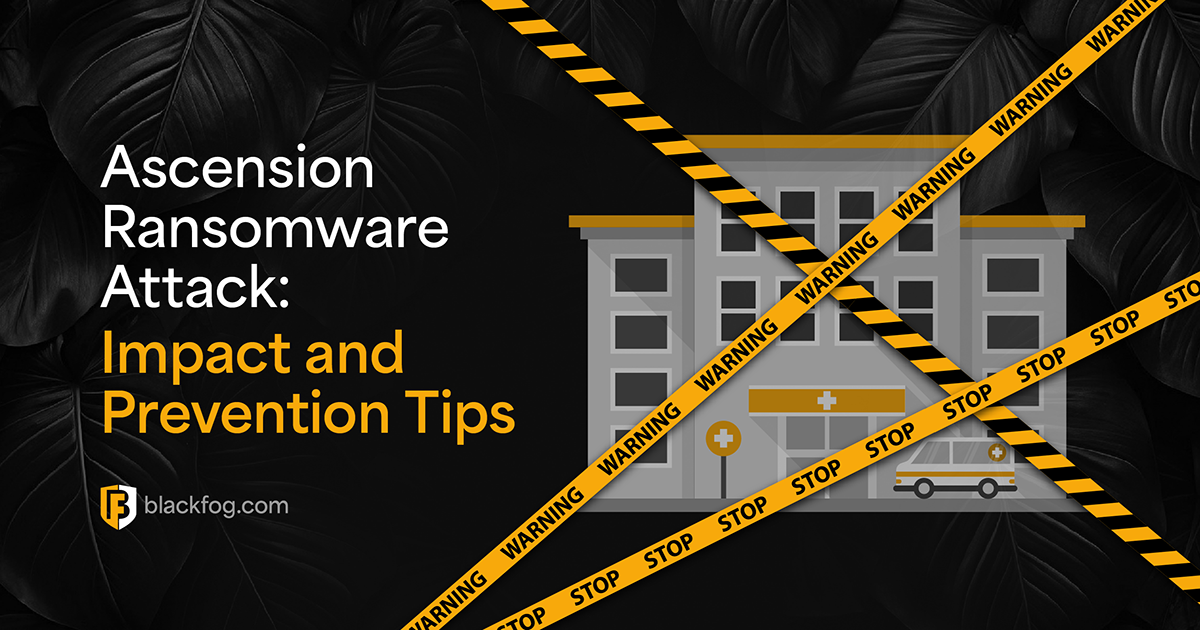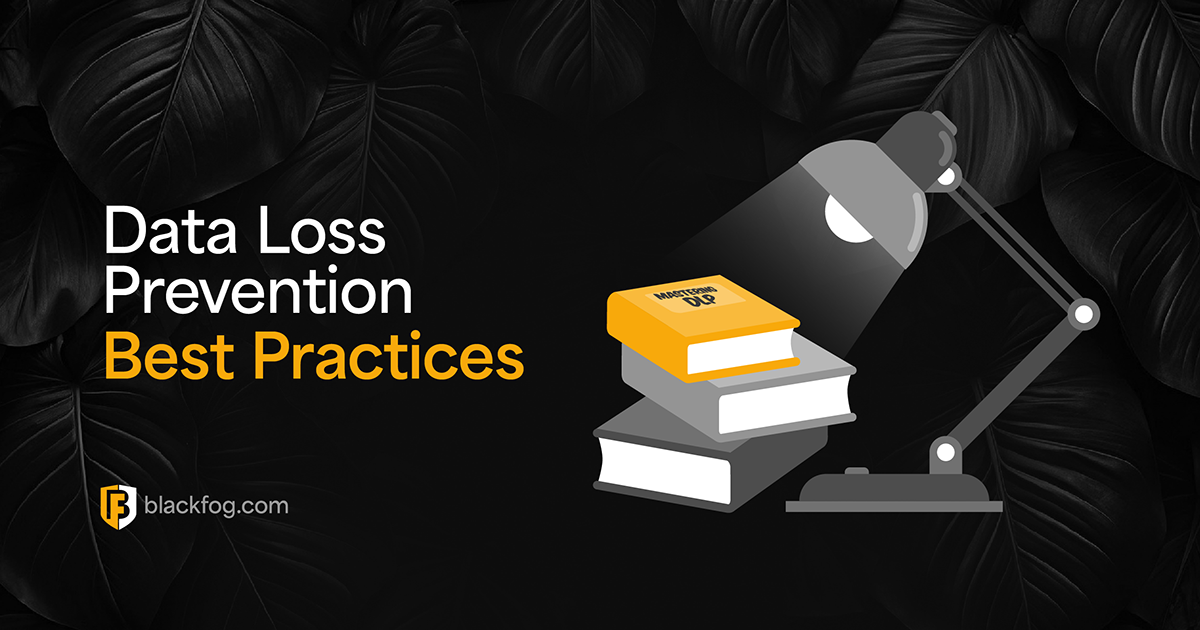
On July 19, 2024, a seemingly routine CrowdStrike update caused a global IT meltdown. Millions of systems running Windows 10 and later experienced vital failures, bringing banks, airports, and critical infrastructure to a halt. The cause? A configuration error in the CrowdStrike Falcon sensor update.
The CrowdStrike outage was more than just a temporary inconvenience; it demonstrated how a single flaw can lead to widespread chaos. When a security solution trusted by millions fails, the consequences can cripple organizations and disrupt daily life.
This event clearly showed the urgent need for a fundamental change in the way some organizations approach their cybersecurity, moving away from dependence on single solutions and towards a more dependable, multilayered approach.
The CrowdStrike Outage: The Dangers of Single Points of Failure (SPOF)
A single point of failure (SPOF) refers to any component whose failure can compromise the entire security infrastructure. This could be an important server, a specific software application, or even a single individual with unique access privileges. SPOFs are fundamentally at odds with the principles of high availability and reliability in computing systems, posing significant risks:
Operational Downtime: A malfunctioning firewall, a compromised authentication server, or even a failed database server can bring operations to a grinding halt. This downtime translates to lost productivity, missed opportunities, and financial repercussions.
Security Vulnerabilities: SPOFs are easy targets for cybercriminals. A single vulnerability in a central component can provide an entry point for attackers to infiltrate the entire network, potentially leading to data breaches, system hijacking, and financial losses.
Financial Implications: The costs associated with downtime, data recovery, regulatory fines (in case of data breaches), and reputational damage can be substantial. Investing in redundancy and failover mechanisms is not merely a security best practice; it’s a strategic and smart financial decision.
SPOF Scenario: A Database Server
To give you a practical example, consider an e-commerce company whose operations entirely depend on a single, high-performance database server. This server manages all aspects of the business, including customer transactions, inventory data, order processing, and financial records. While this centralized approach might appear efficient, it presents a significant single point of failure.
If this server were to experience a hardware malfunction, fall victim to software corruption, or become compromised by a cyberattack, the consequences could be disastrous.
The company could face a complete shutdown of its e-commerce operations, halting order placements, customer service interactions, and order fulfillment. The loss of real-time inventory tracking could lead to inaccurate stock information, resulting in shipping delays and frustrated customers.
There is a risk of permanent data loss or corruption, further amplifying the potential damage. Such an event would undoubtedly severely impact the company’s reputation, erode customer trust, and potentially lead to long-term revenue loss.
To mitigate this risk, the company could transition from this single server setup to a more diverse architecture. This could involve implementing a database cluster that distributes the workload across multiple servers, ensuring redundancy and minimizing the impact of a single server failure.
Incorporating load balancers could optimize performance and prevent any one server from being overwhelmed. Finally, real-time data replication across all nodes in the cluster would guarantee data consistency and availability, even during a node failure.
The Layered Cybersecurity Stack
A layered cybersecurity stack, often referred to as “defense in depth,” is not about relying on a single, impenetrable wall but rather creating a series of security measures at different levels.
This approach acknowledges that no single solution is foolproof. If one layer fails, others are there to provide backup and prevent a complete breach.
The National Institute of Standards and Technology (NIST) Cybersecurity Framework outlines six core functions that every cybersecurity stack should encompass:
- Identify: Before implementing any security measures, organizations need to understand their assets, potential vulnerabilities, and the threats they face. This involves conducting thorough risk assessments and identifying potential SPOFs.
- Protect: This function involves implementing preventative measures such as firewalls, intrusion detection systems, antivirus software, email filtering, and strong password policies to prevent unauthorized access and malicious activities.
- Detect: Continuous monitoring of networks and systems is needed to identify breaches or suspicious activities as they occur. This involves using tools like endpoint detection and response (EDR), network detection and response (NDR), and security information and event management (SIEM) systems.
- Respond: Having a well-defined incident response plan is important. This plan should outline steps to quickly contain and mitigate threats, minimize damage, and ensure business continuity in the event of a security incident.
- Recover: This function focuses on restoring systems and data to their normal operating state after a security incident. This includes having reliable backups, disaster recovery plans, and procedures for testing and validating the recovery process.
- Govern: Establishing policies, procedures, and processes to manage and oversee the cybersecurity program is necessary. This includes defining roles and responsibilities, setting performance metrics, and ensuring compliance with legal and regulatory requirements.
How BlackFog Helps Address SPOF
BlackFog offers a proactive approach to cybersecurity by specializing in anti data exfiltration (ADX). Unlike traditional solutions that primarily focus on keeping attackers out, BlackFog prioritizes preventing data from leaving the device, effectively neutralizing threats before they can cause significant damage.
BlackFog operates at multiple points in the attack lifecycle, providing a multi-layered defense strategy:
- Blocking Malicious Traffic: BlackFog blocks known malicious IP addresses and domains, preventing communication with command-and-control servers often used by attackers.
- Preventing Data Collection: The technology identifies, and blocks attempts to collect sensitive data, such as keystrokes, screenshots, and webcam access, commonly used in espionage and data theft.
- Geofencing: This feature allows organizations to restrict data flow to specific geographic locations, preventing data exfiltration to unauthorized countries.
By constantly monitoring data flow and identifying anomalous outbound traffic patterns, BlackFog can detect, and block data exfiltration attempts in real-time, even from unknown or zero-day threats.
To get started, click here to schedule a demo as soon as possible.
Related Posts
Ascension Ransomware Attack: Impact and Prevention Tips
Learn how the Ascension ransomware attack disrupted healthcare services, the financial consequences, and the cybersecurity lessons it taught. Also receive advice on protecting patient data and preventing similar attacks in the future.
Essential Data Loss Prevention Best Practices Every Firm Should Know
Following these seven data loss prevention best practices can help any firm reduce the risk of falling victim to threats like ransomware.
BlackFog Report Reveals Record Number of Ransomware Attacks from January to March
BlackFog reports a record-breaking surge in ransomware attacks Q1 2025, with 278 disclosed cases and a 113% rise in undisclosed incidents.
AI for Network Security and Monitoring: Enhancing Cyber Defense
What opportunities do AI ransomware protection tools offer to cybersecurity pros?
Ghost Ransomware: The New Cyber Menace Targeting 70+ Countries
Ghost ransomware is targeting 70+ countries. Learn how it works, who’s behind it, and how to stay protected in today’s cyber threat landscape.
Log4Shell – Understanding the Vulnerability and Mitigation Steps
Learn about Log4Shell, its impact on industries, and effective mitigation strategies. Discover how proactive defenses, like BlackFog's ADX technology, can protect your systems from ransomware and data exfiltration.






